Three races into the 2012 IndyCar season Chevrolet is proving to be the engine to have. The Ilmor-built Chevrolet 2.2-liter twin-turbo V6 seems to have the edge in power, acceleration, and fuel economy, which is why all three pole positions and three races have been won by Chevrolet-powered Penskes.
Ilmor built all the Honda engines, which powered the IndyCar series exclusively from 2006–2011,which possibly gives that factory an edge. The new Chevy engine’s twin turbos spool up quickly, providing instant acceleration out of slow corners, such as are found on road and street courses—the first four racers of the season are on such courses. The Chevy engine also seems to offer better fuel economy than its rivals.
Chevy has had its problems. All 11 Chevy teams lost 10 grid positions at Long Beach because the factory mandated an engine change after seeing issues in testing at Sonoma. Apparently the issue was electronic, not mechanical; 11 identical engines were swapped in and none had an issue in the race.
A problem with keeping the battery charged, which sidelined Tony Kanaan at St. Pete, was fixed after that race.
Honda Performance Development, which builds engines and chassis for Honda cars in other series, builds the Honda IndyCar engines. Honda went with a single large turbocharger, which apparently creates serious lag issues on road and street courses (it should be fine for ovals.) Honda’s engine isn’t bad, by any means; Simon Pagenaud proved that by nearly beating Penske’s Will Power at Long Beach.
The Hondas have run well at least—most of the time. A stalled engine sidelined Target-Ganassi’s Scott Dixon at Long Beach; his engine died while during a full-course caution. Otherwise, the only issue with Honda seems to be low-end grunt.
Judd builds the Lotus-badged engines. Lotus was two months late starting its engine program, and has had severe financial problems. Its parent company has been sold, which resulted in funds being frozen for a while; no one is sure if Lotus Group will be split off and sold as well. Judd builds competitive engines for several other race series, but needs the time and resources to do the job right.
Right now the Lotus-Judd engine is (supposedly) 50 horsepower down on the other two; one team estimated that the Lotus engine lost seven seconds to the competition on Long Beach’s Shoreline Drive straightaway. At a track like Indy, this would mean being totally uncompetitive.
The issue with Lotus might be electronic; it has been rumored that the motor’s electronic control unit shuts down the ignition near the top of the rev range, where maximum power is produced. Katherine Legge, who drives for Lotus-Dragon Racing, explained on her website that even after the team changed the engine map, so the motor wasn’t hitting the rev limiter, the engine still hesitated and wouldn’t rev.
Lotus and Judd have been made very aware of their engines’ shortcomings by the teams that use those engines. Unfortunately, under the engine-competition-management rules, no updates will be allowed until mid-June.
This is a bad break for the Lotus teams, but on the whole, it is all part of having different engine manufacturers.
Next: Not a Perfect System As Yet not a Perfect System
IndyCar will need to address problems with the way engine supply is managed. Right now the engine manufacturers will only promise to deliver a certain number of engines to a certain number of teams; budgetary constraints don’t allow factories to build dozens of engines in the hopes of leasing them to teams. That creates haves and have-nots based not on choice but availability. Chevy, for instance, signed up some of the strongest teams, while Honda got some mid-pack teams by default, and Lotus, coming late to the show, got the teams no one else wanted.
While this isn’t right, it is real; given the financial problems facing the series, the factories, and the entire world, some compromises were unavoidable. Given the need for IndyCar CEO Randy Bernard to remake the series on a tight budget and within a tight timeframe, even greater compromises had to be accepted.
Competition Is a Positive, Even for the Losers
For years IndyCar had identical Honda engines in identical Dallara chassis and fans hated it. For 2012 the series signed up three engine manufacturers, and for 2013, will allow bodywork modifications to create differences in performance.
This is what the fans asked for; this is what series CEO Randy Bernard has been working hard to deliver, with a very limited budget and a very tight time frame.
This is what open competition is like: some engines or aero kits will be better, some not so good. With every upgrade, a different manufacturer has a chance to take the lead, and whichever teams do not use that manufacturer, will have to work harder for results. That’s racing.
Fans and factories both need to remember that even though things are not optimal now (unless they are powered by Chevy) the situation is dramatically improved from a few years ago, and will be dramatically better a few years hence. The inclusion of GM and Honda, two major global forces in the automotive world, is huge stimulus to the series. The addition of Lotus, a name synonymous with racing, is also a big deal; but if Lotus bows out, the success of the series will likely attract other manufacturers.
The Volkswagen-Audi Group, Fiat/Chrysler, and Ford have all shown interest and might seriously consider signing on now that the series has proved it is viable. The status and promotional power of these factories could give the series a boost back to the status it once held, as the premier form of racing in North America. And these factories might join whether or not Lotus remains.
IndyCar’s dark days are over. Things might look dark for teams running Honda or Lotus power, but that is temporary; Chevrolet’s short reign at the top will be challenged as the other suppliers gather data and make changes. After all, the season is only three races old. Three races from now, maybe three years from now, the real benefits of engine competition will be apparent. But those benefits are there working right now.
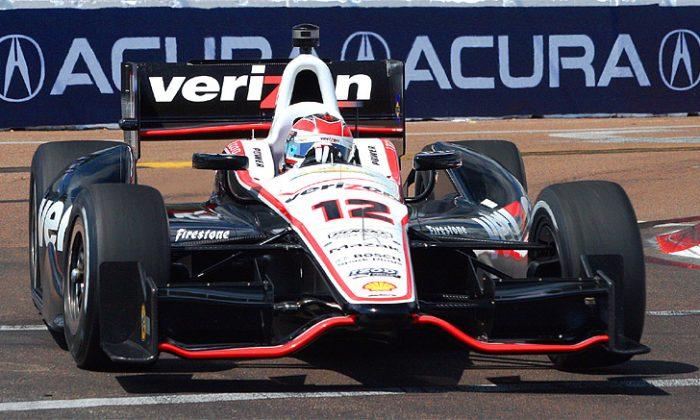


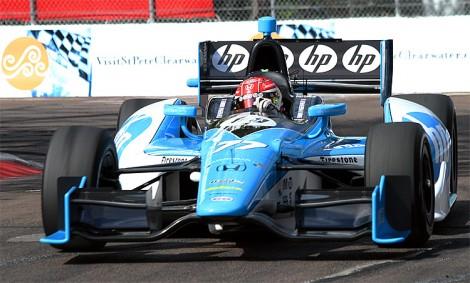
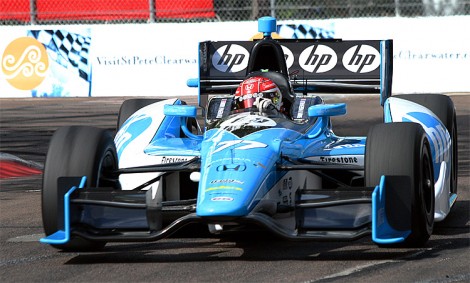
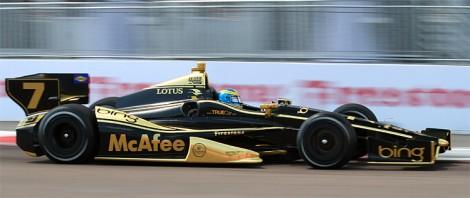
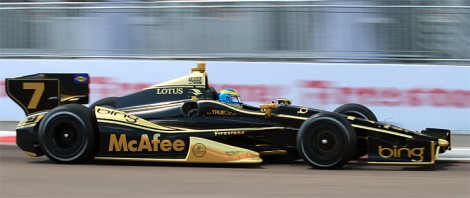
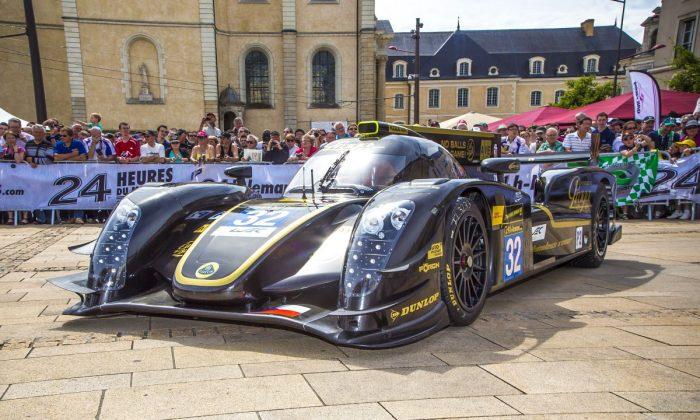
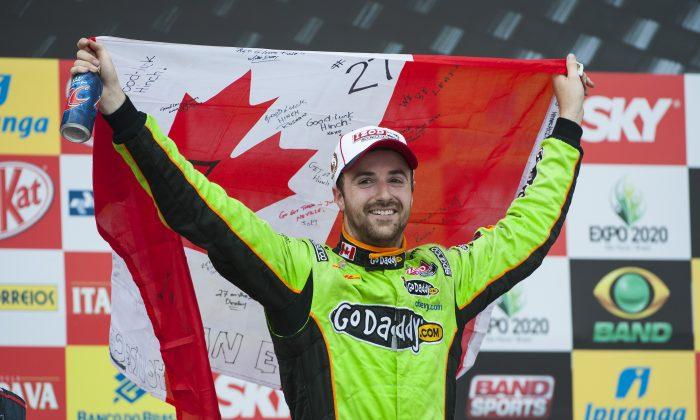
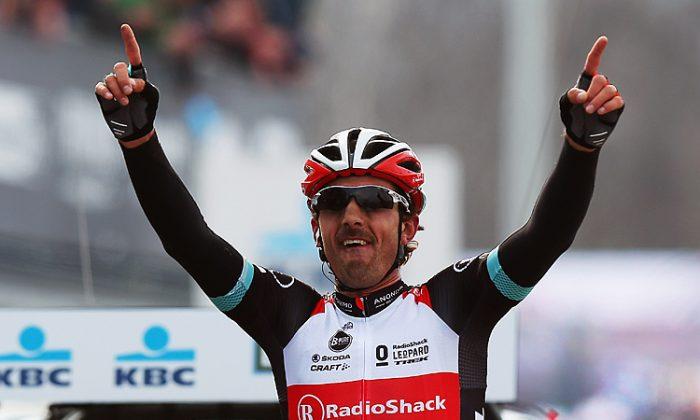
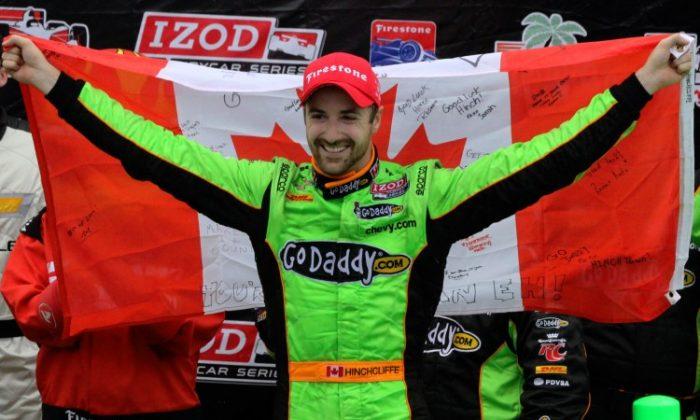
Friends Read Free